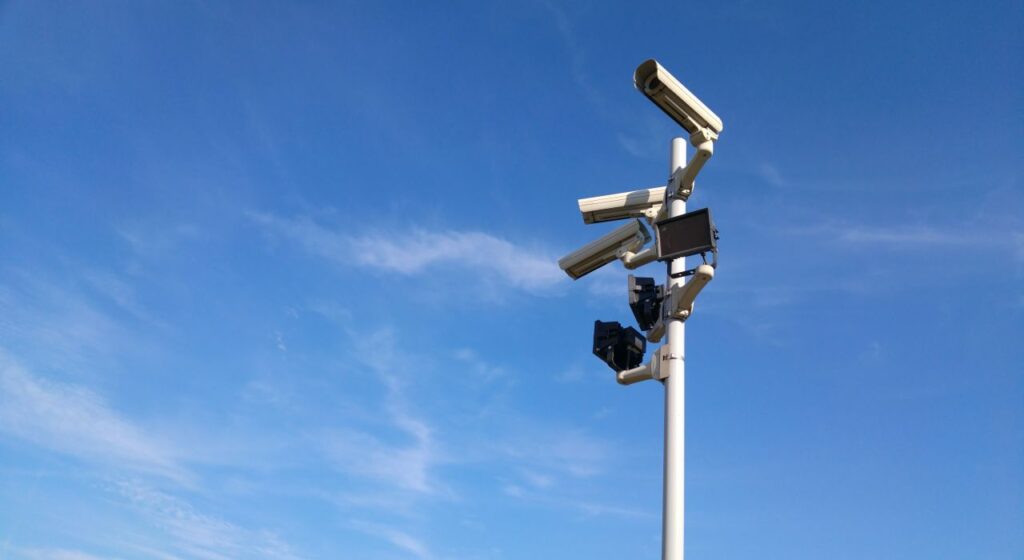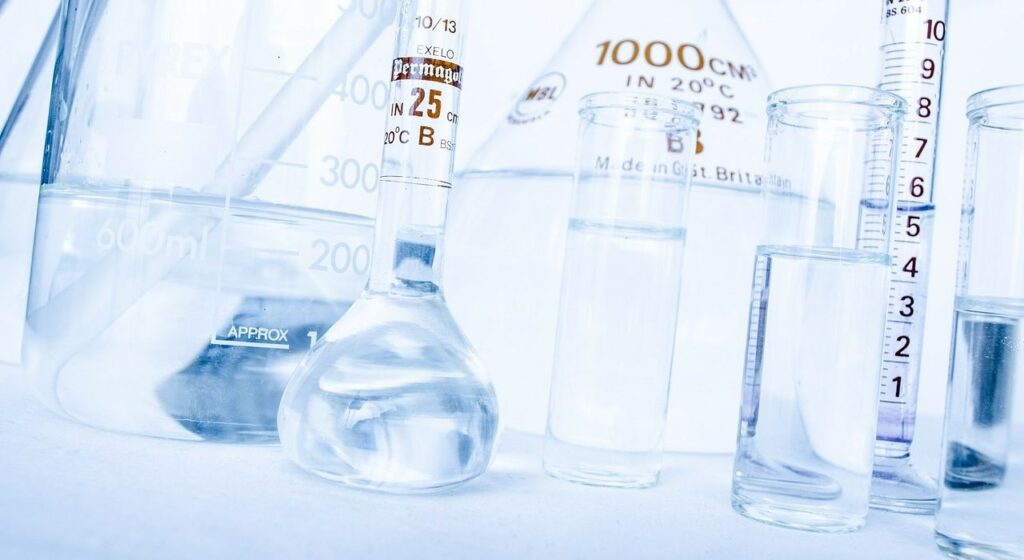July 23, 2021
In a recent IPR, the PTAB found a chemical formula in the claims not to be fully supported by a provisional application, opening the claims to
Read more
July 13, 2021
Ex parte Kiely is a recent decision of the Patent Trial and Appeal Board (PTAB) addressing whether a Markush group stating “selection from the group comprising”
Read more
July 6, 2021
In United States v. Arthrex, Inc., the Supreme Court ruled 5-4 that the unreviewable authority wielded by administrative patent judges (APJs) during inter partes review (IPR)
Read more
June 28, 2021
Ex parte Hwang, is a recent decision of the Patent Trial and Appeal Board (PTAB) addressing whether a claimed sequence of layers was rendered obvious by
Read more
June 16, 2021
Section 101 specifies four patent eligible categories: process, machine, manufacture, and composition of matter. However, the U.S. Supreme Court has long interpreted § 101 to exclude
Read more
June 7, 2021
In Ex Parte Mitani, Japan Tobacco took a creative approach in attempting to overcome a non-statutory obviousness-type double patenting rejection before the Patent Trial and Appeal
Read more
May 28, 2021
U.S. patent examiners often use an optimization rationale when rejecting claims as obvious. Such situations typically arise when a claim recites a range of possible values
Read more
May 21, 2021
Ex parte Ha, is a recent decision of the Patent Trial and Appeal Board (PTAB) addressing the sufficiency of an examiner’s rationale for combining references and
Read more
May 12, 2021
The Patent Trial and Appeal Board issued a decision in Ex Parte Shaw in which an Examiner’s choice of lead compounds (i.e., prior art compounds identified
Read more
May 5, 2021
When faced with a limitation involving an open-ended numerical range, an examiner will not only analyze for definiteness under 35 U.S.C. § 112(b) but also scrutinize
Read more










